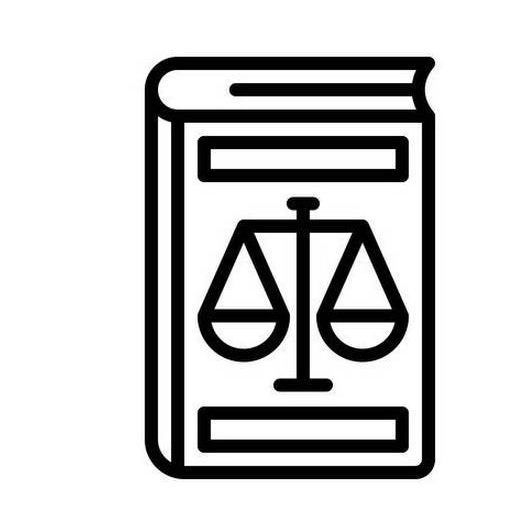Free Courses Sale ends Soon, Get It Now


Free Courses Sale ends Soon, Get It Now



Figure 1: No Copyright Infringement Intended
In both the phases, significant decisions involving the interpretation of the Constitution were entrusted to Constitution Benches (comprising five or more judges of court) and were carefully (even if incorrectly) reasoned.
Eclecticism as phase three
© 2024 iasgyan. All right reserved